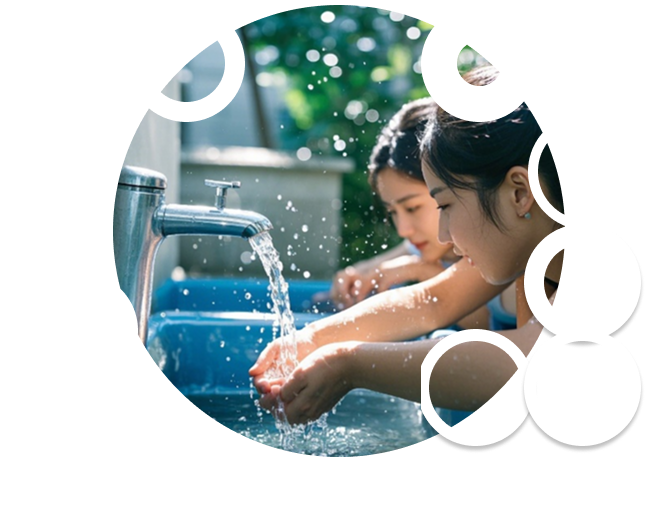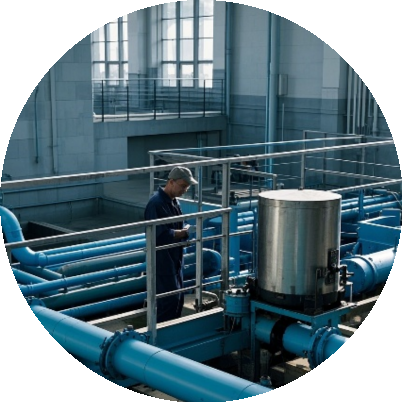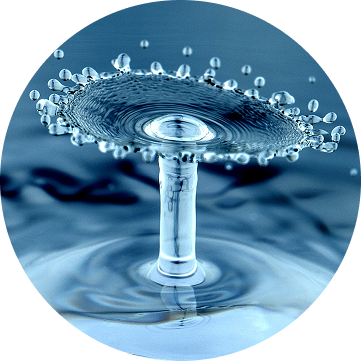Tap Water Plant Project in Tianjin



A waterworks in Tianjin is located in Wuqing District, Tianjin, with a water production scale of 30,000 tons per day. The water sources are the water from the East Route of the South-to-North Water Diversion Project and the Luanhe River. When surface water is used as drinking water, it faces biological safety issues such as "two worms" (Giardia and Cryptosporidium), algae pollution, and algal toxins. This project adopts a new high-efficiency short-process technology of ozone + ultrafiltration from Canadian Dugua, which requires the ultrafiltration membrane to have continuous oxidation resistance to ozone, while ensuring the effective removal of "two worms" in the water and the stable supply of produced water quality, so as to realize a short-process high-quality drinking water demonstration project with ultrafiltration as the core process.
Adoption of AQFILM AFP-T8050-DG PTFE Ozone-Resistant Membrane Modules
The main process system employs a new high-efficiency short-process technology of ozone + ultrafiltration, which does not add any chemical reagents throughout the process. Ozone is uniformly distributed in the raw water through high-pressure technology, leveraging its disinfection and sterilization capabilities to ensure the water quality of the subsequent supply exceeds drinking water standards.Ozone can cause oxidative corrosion to traditional membrane products. To address this, the project's membrane system uses AQFILM AFP-T8050-DG PTFE ozone-resistant membrane modules. PTFE (polytetrafluoroethylene) features stable properties and unique ozone resistance, which not only improves water quality but also extends the membrane service life.There are still residual ozone microbubbles in the ultrafiltration effluent, so no additional bactericides are needed for the subsequent water supply, making it environmentally friendly. The high-quality ultrafiltration membrane ensures the effluent turbidity remains stably below 0.1 NTU, with water quality meeting and exceeding the GB5749-2023 Standards for Drinking Water Quality.On the other hand, due to odors in the water source, partial activated carbon powder is added at the river inlet when the water source is switched to the Luanhe River in winter. If the activated carbon powder is not completely precipitated before entering the ultrafiltration system, it can cause fouling and blockage on the membrane surface. Leveraging the characteristic that the TPFE membrane has a strength of >80 N, we continuously increase the air scrubbing intensity to 0.2 MPa per cycle. This ensures long-term operation without membrane filament breakage and effectively prevents activated carbon adhesion and fouling, solving the problems of membrane pollution and filament breakage. As a result, the effluent quality remains stably compliant over the long term.


Currently, the system is operating stably and has not required chemical cleaning for 12 consecutive months, reducing the use of chemical agents. As a supplementary water supply to the original water plant, this system has doubled the plant's production capacity, effectively alleviating the water supply pressure brought by urbanization. It has strongly ensured the safety of residents' drinking water, embraced energy efficiency and environmental protection, and yielded positive economic and social benefits.